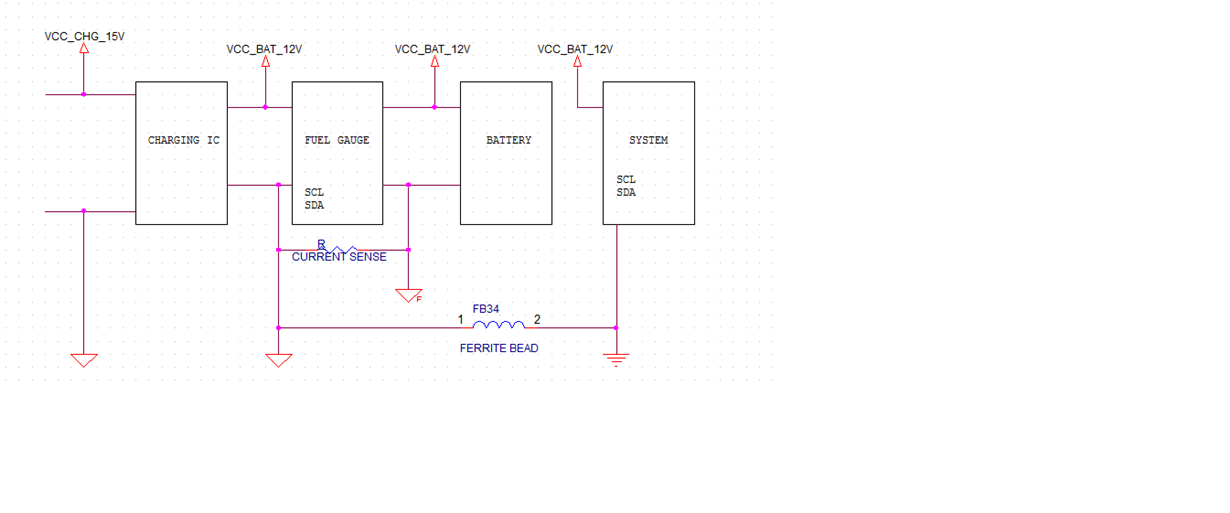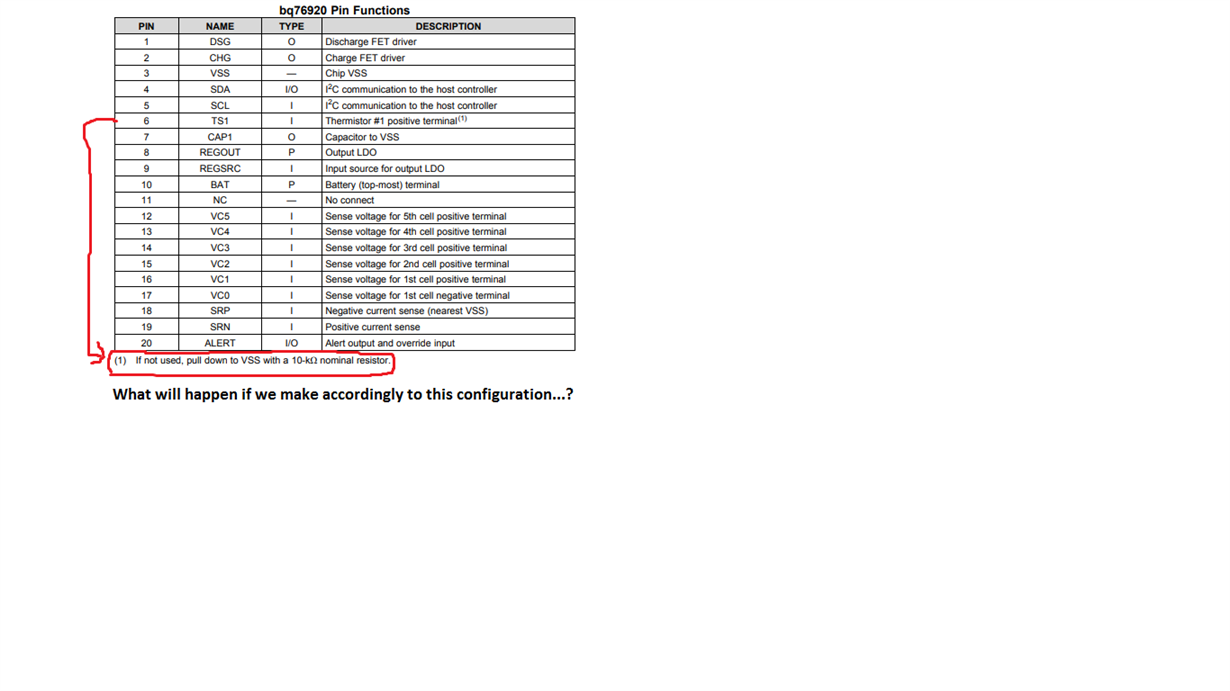Other Parts Discussed in Thread: BQ34Z100, BQ34110
Hello,
I am using BQ7692006PWR IC in our project .The pins of the fuel gauge ic ,VC0 to VC5 are used for the cell monitoring.i want to ask you that if i dont want to monitor the cell then what should i do with the pin?? i.e VC0 to VC5.pin.
Waiting for your response..!!!







